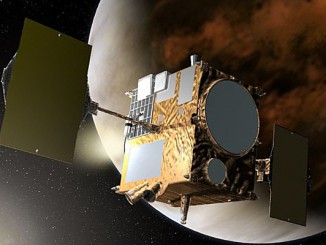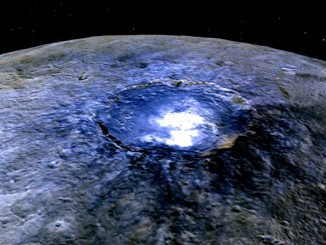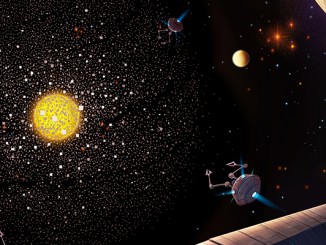
NASA applauds Japanese spacecraft Akatsuki’s rendezvous with Venus
Japan’s Akatsuki spacecraft got another shot at Venus after a main engine failure during a crucial orbital-insertion burn meant it zipped past the planet on its first attempt in December 2010. The probe spent five years orbiting the Sun so it could catch up with Venus to try again on 7 December. The successful nail-biting manoeuvre is being celebrated by NASA scientists, eager to learn more about the atmosphere and climate of Earth’s enigmatic sister planet.









